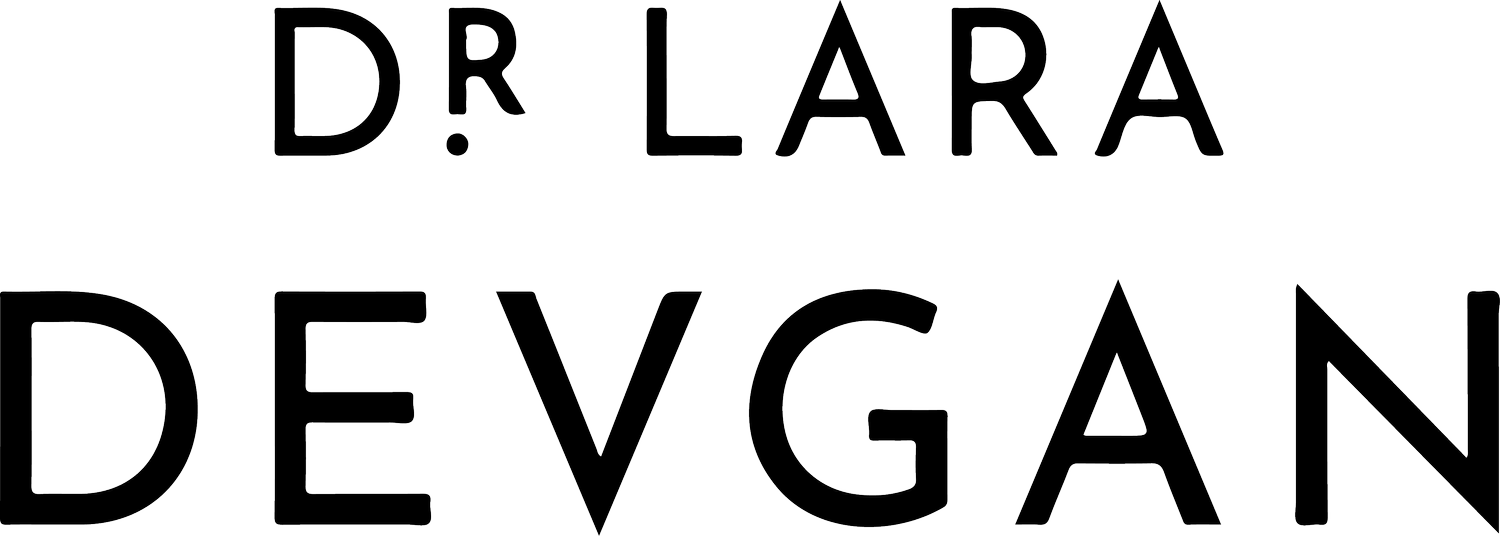The Risk of Preventative Aesthetics
In the past, people waited until their 50s or 60s to "do something." Today, the paradigm has shifted. From Botox in our 20s to regenerative facelifts in our 40s, aesthetic interventions are no longer reactive—they're preventative.
This isn’t just a trend. It’s the emergence of a new frontier: aesthetic medicine as a form of biohacking—a science-driven, personalized strategy to extend the appearance and functionality of youth.
Let’s look at the numbers, the psychology behind the shift, and what the future holds.
The Numbers: A Global Boom in Early Intervention
According to the American Society of Plastic Surgeons (ASPS):
Botox usage in 20- to 29-year-olds increased by 28% from 2010 to 2022.
Patients aged 30–39 now account for nearly 25% of all aesthetic procedures.
Preventative neurotoxin use has become one of the fastest-growing segments in cosmetic dermatology.
A 2023 RealSelf Aesthetics Trend Report found that:
72% of surveyed adults said they were interested in cosmetic procedures to maintain their appearance, not to change it.
38% of millennial patients now list their aesthetic treatments under "wellness expenses" alongside supplements, therapy, and fitness memberships.
Additionally, a 2021 report by McKinsey & Company projected the global aesthetics market to exceed $22 billion by 2025, largely fueled by younger demographics seeking minimally invasive and preventative treatments.
The Psychology of Prevention
So why this shift? Several psychological and sociocultural factors converge:
Millennials and Gen Z are the first generations raised with wellness culture as a lifestyle. They don’t wait for problems—they aim to prevent them.
Digital self-awareness (Zoom, selfies, filters) has made facial aging more immediate and visible.
Preventative aesthetics are now part of a broader self-optimization mindset.
A 2020 study published in the Journal of Cosmetic Dermatology showed that individuals who received preventative Botox reported higher self-confidence scores and lower stress levels, even when no visible signs of aging were present.
The key mindset shift:
"If I start early, I won’t have to do as much later."
This concept is echoed in clinical studies on muscle memory and early neuromodulation, which suggest that early, consistent use of neurotoxins may reduce the depth and permanence of dynamic wrinkles over time.
Plastic Surgery as Longevity Biohacking
Biohacking has evolved from bulletproof coffee and cryotherapy to precision, regenerative aesthetics.
Biohacking Principle Aesthetic Equivalent Cellular regeneration PRP, exosomes, stem cell-derived skincare Hormonal and collagen support Biostimulators (Sculptra, Radiesse), peptides Muscle modulation Preventative Botox to train facial expression patterns Fat remodeling Non-surgical body contouring + liposuction Functional skin preservation Custom skincare, lasers, and broadband light therapy
Emerging evidence supports this integration:
A 2021 review in Plastic and Reconstructive Surgery confirmed that biostimulatory injectables increase dermal thickness and collagen content by up to 66% within 12 weeks.
A 2022 clinical trial on early Botox use demonstrated that initiating neuromodulators in the mid-to-late 20s can delay the onset of moderate-to-severe glabellar lines by an average of 7 to 10 years.
Long-term PRP users (per Dermatologic Surgery, 2023) showed measurable improvement in skin elasticity and dermal collagen at 6 and 12-month follow-up.
Together, these therapies form a toolkit for facial preservation much like strength training does for musculoskeletal health.
Where We’re Headed: The Future of Preventative Aesthetics
Here’s what I predict we’ll see more of in the next 5–10 years:
Genetic and microbiome-based aesthetic mapping to guide personalized regimens
AI-integrated facial analytics that track micro-aging patterns in real time
Cross-specialty longevity clinics that combine endocrinology, dermatology, and aesthetics
Regenerative surgeries focused not just on lifting but on restoring youthful tissue quality
Expanded use of peptide-based topicals that promote cellular repair without irritation
As this field matures, we will shift from an era of concealment to one of cellular-level optimization.
Giants of Modern Plastic Surgery
As the field progressed, a number of visionaries pushed the boundaries of what was surgically possible. Here are five pioneers whose techniques shaped the foundation of our specialty:
1. Sir Harold Gillies (UK) – Father of Modern Plastic Surgery
Gillies developed groundbreaking facial reconstruction techniques for soldiers disfigured in World War I. He pioneered the tubed pedicle flap, which allowed for safer skin transfers to the face. His work laid the foundation for reconstructive and aesthetic facial surgery.
2. Dr. Vilray Blair (USA) – Wartime Innovator
A contemporary of Gillies, Blair developed techniques for burn wound management and skin grafting during World War I and later helped establish protocols for cleft palate repair. His work helped bridge battlefield innovation and hospital practice.
3. Dr. Tord Skoog (Sweden) – Cleft and Craniofacial Surgery
Skoog advanced techniques in cleft lip and palate repair, emphasizing function and aesthetics in craniofacial anomalies. His contributions to reconstructive surgery had global impact, particularly in pediatrics.
4. Dr. Jacques Joseph (Germany) – Rhinoplasty Revolution
Often considered the father of modern cosmetic surgery, Joseph was a Jewish-German surgeon in the early 1900s who pioneered open rhinoplasty techniques and believed in surgery not just to correct deformities but to improve psychological well-being.
5. Dr. Suzanne Noël (France) – First Female Aesthetic Surgeon
A suffragette and trailblazer, Noël was the first to specialize in cosmetic facelifts for aesthetic reasons in the early 20th century. She performed “petite opérations” that prefigured today’s minimally invasive approach to facial rejuvenation.
Final Thoughts
In my practice, I often say: the most fulfilled patients are not the ones who look younger, but the ones who look like themselves—well-rested, radiant, and congruent with how they feel inside.
Preventative aesthetics is not about chasing perfection. It's about staying ahead of time, with intention. It's about biohacking not just lifespan, but facespan.
Welcome to the future of aesthetic medicine.
Subscribe to “Plastic by Dr. Lara Devgan” for more posts on Substack using the following button.
















